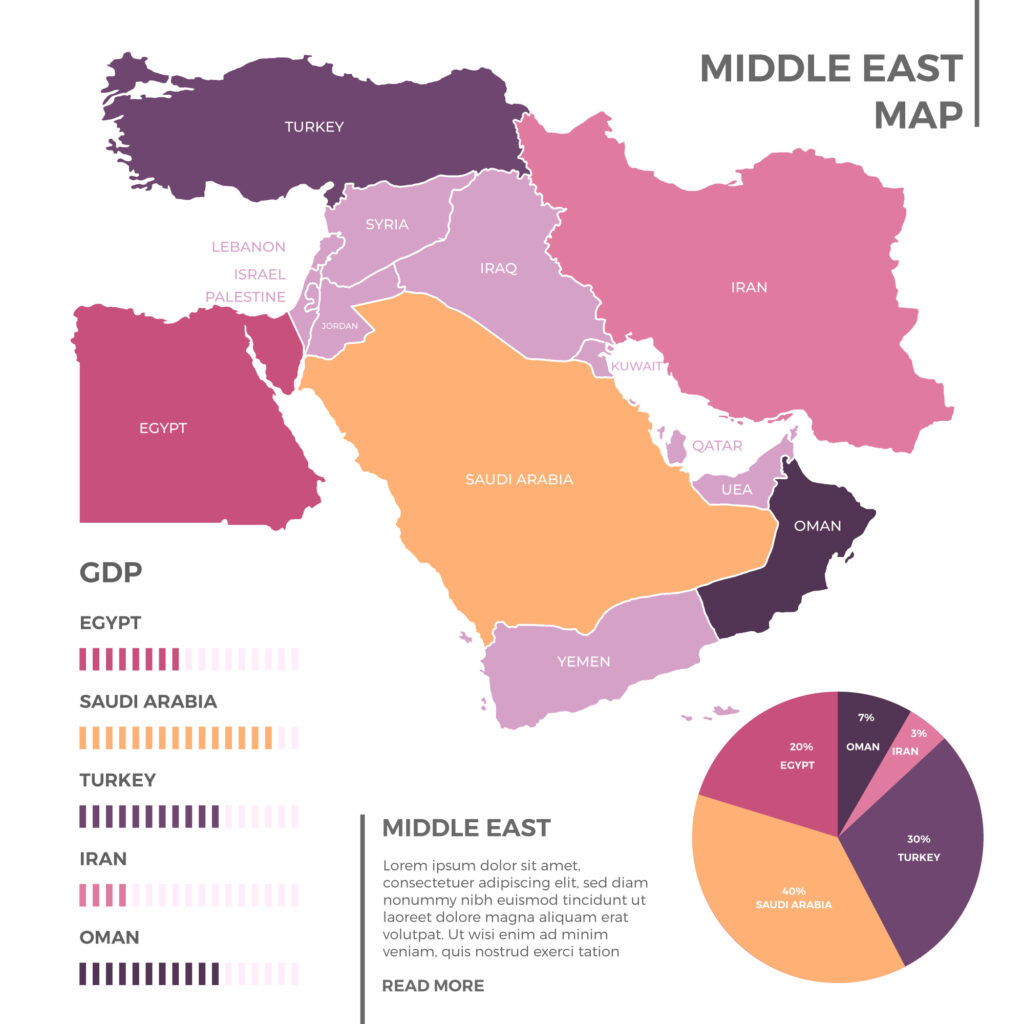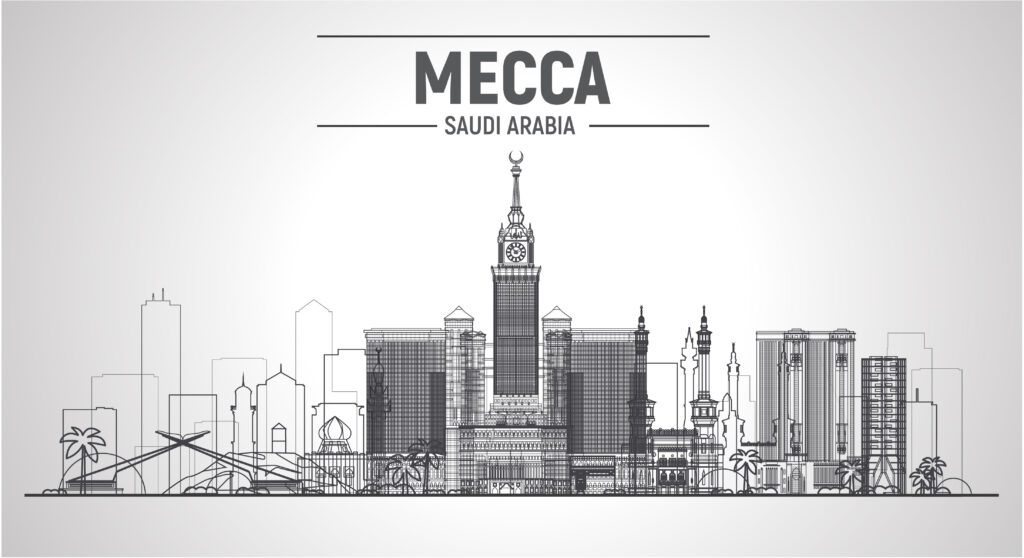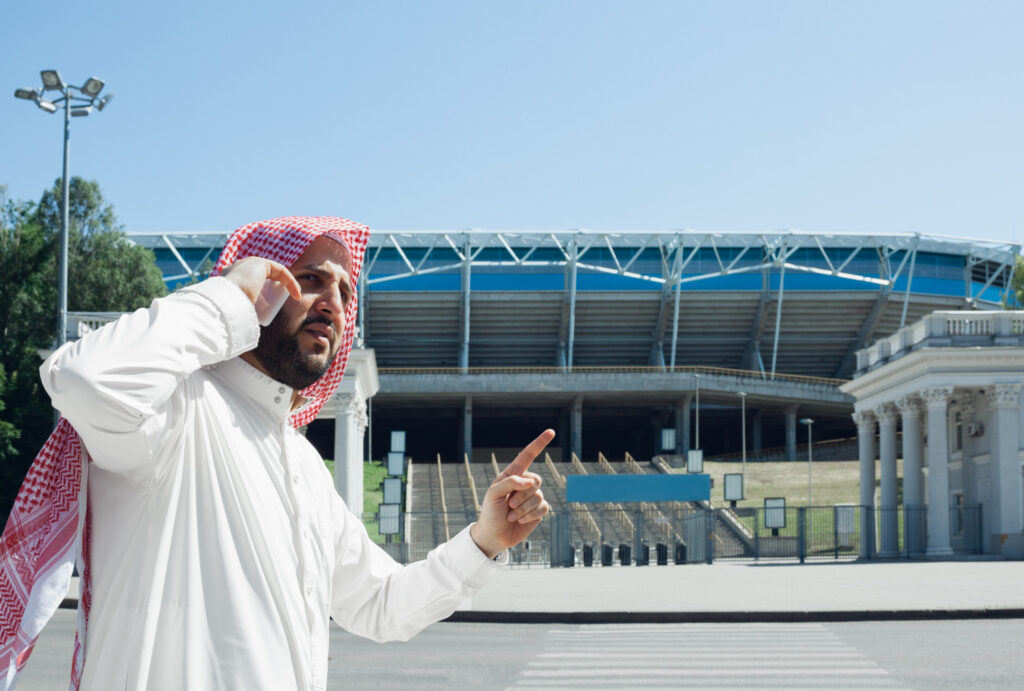Visiting the holy places in Mecca and Medinah is a unique spiritual experience that carries good news and is linked to Islamic history and heritage. Mecca and Medina are the two holy cities in Islam, and they attract Muslims from all over the world to come and express their appreciation and devotion to worship. Here we take a look at the importance of visiting the holy sites in Mecca and Medinah.
Visiting the Holy Places in Mecca and Medinah
Mecca and Medinah, the two holy cities of Islam, are home to a number of holy sites that are an integral part of the history and heritage of Muslims. Here is an overview of the holy places in Mecca and Medinah:
1. Al-Masjid Al-Haram and the Kaaba in Mecca:
Al-Masjid Al-Haram is the largest mosque in the world and is considered the holiest mosque for Muslims. It contains the Kaaba, which is the building that Muslims turn to in their prayers. The Kaaba is the first house built to worship God and is considered an essential station in Hajj and Umrah.
2. Al-Masjid Al-Nabawi in Medinah:
The Prophet’s City is home to the Prophet’s Mosque, which is the second-largest mosque in the world. The mosque houses the tomb of the Prophet Muhammad (pbuh), and a place to visit is considered a desirable act. There are also many important historical sites in the Prophet’s City for Muslims, such as Mount Uhud and Al-Baqi Cemetery.
3. Jabal Al-Nour and Cave Hira in Mecca:
Jabal Al-Nour is the mountain that houses the Cave of Hira, and it is the place where the Prophet Muhammad (pbuh) received the first revelation from God. Visiting Jabal Al-Nour and the Cave of Hira is a recommended and legitimate act for Muslims visiting Mecca.
Other Locations to Visit in Mecca and Medina
In addition to what we mentioned earlier, there are many other places to visit. For example:
- Badr battle site in Mecca: The site of the Battle of Badr is located between Mecca and Medina, and it is one of the most important battles in the history of Islam. You can visit the site, explore the remaining monuments, and learn about the details of the battle and its events.
- Companions Graves in Medinah: There are a number of companion graves in Medinah who were martyred in the battles of Islam. You can visit these graves and stand to contemplate and pray for the martyrs.
- Jabal Uhud in Medinah: Jabal Uhud is located in Medina, and it is the place where the Prophet Muhammad (pbuh) came with the Muslim army to confront the Quraish army in the Battle of Uhud. You can visit the site, explore the mountain, and learn about the history of the battle.
Things to Consider When Visiting the Holy Places in Mecca and Medinah
- Before you travel, make sure of your travel and accommodation arrangements.
- Book airline tickets and hotels in advance and make sure your passport is valid.
- You should also check information about transportation, accommodation, and weather in the city.
- When you are in holy places, you should respect the local cultural and religious customs and traditions.
- Be aware of Islamic etiquette and acceptable inclinations of behavior, such as clothing.
- Make sure you are in good health before you travel and follow general safety guidelines.
- You should also pay attention to personal hygiene, use bottled water and clean food to avoid health problems.
- Find out about local laws and regulations related to visiting. There may be rules for photographing or entering certain sacred areas.
- Make sure to comply with these rules and instructions to avoid legal problems.
Conclusion,
In conclusion, These sacred sites in Mecca and Medina are important spiritual centers for Muslims around the world. Visiting it and performing acts of worship in it is an opportunity for Muslims to strengthen their faith and get closer to God.
Visiting the holy sites of Mecca and Medina has profound spiritual significance for Muslims. This Hajj and Umrah is an opportunity to repent, purify and draw closer to God. Visitors can feel serenity and peace while witnessing the intersection of heritage and history with current worship.
However, visitors should be aware of visitation restrictions and directives. Visitors must respect holy places and mosques and adhere to Islamic etiquette and directives. They should be aware of the timetable for religious seasons such as Hajj and Ramadan, when crowds and crowds increase. Visitors should also prepare for the hot weather in the area and follow safety and security measures.






